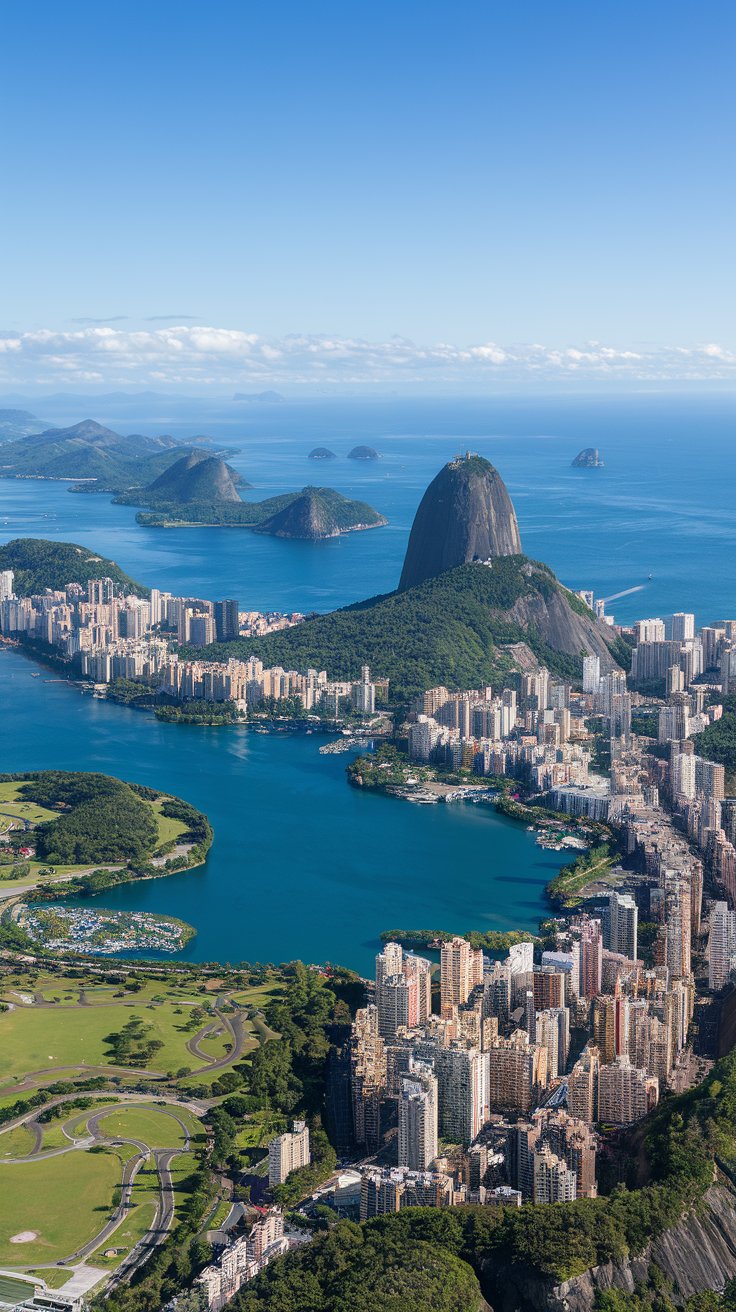With its breathtaking beaches, towering mountains, and world-famous harbor, it’s no surprise that Rio de Janeiro is often called the “Cidade Maravilhosa”—the Marvelous City. Nestled between lush green peaks and the sparkling South Atlantic, Rio boasts one of the most stunning natural settings for a metropolis anywhere in the world.
Yet, Rio is more than just a feast for the eyes. The city pulses with life, energy, and passion, drawing visitors with its legendary Carnival, vibrant street culture, and lively music scene. Whether you’re looking to soak in the city’s artistic soul, explore its rich history, or simply relax on its golden beaches, here are the top attractions in Rio de Janeiro you won’t want to miss.
15. Lapa Arches – A Historic Landmark Turned Cultural Hotspot
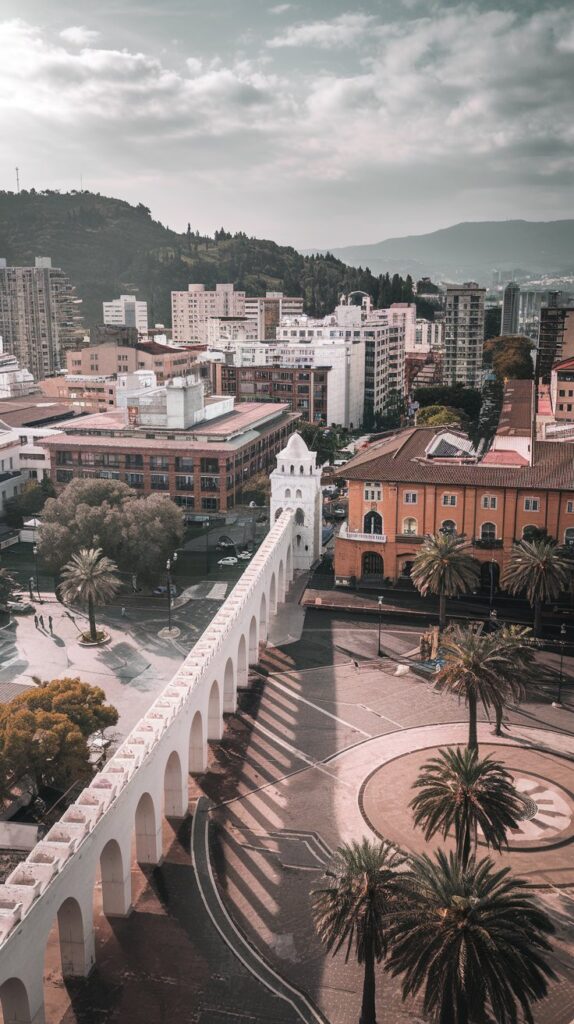
The Carioca Aqueduct, built in the 18th century, once supplied Rio with fresh drinking water from the Carioca River. But one of its most striking features—the two-tiered Lapa Arches—still stands today as an iconic landmark.
In 1896, the arches were transformed into a tramway connecting the city center to Santa Teresa, making it one of the most scenic rides in Rio. While the tram briefly shut down in 2011, it has since resumed limited service.
By day, the arches serve as a historical backdrop, but at night, Lapa transforms into Rio’s most electric party district, with street vendors, music, and dancing spilling into the streets.
14. Theatro Municipal – A Masterpiece of Neoclassical Architecture
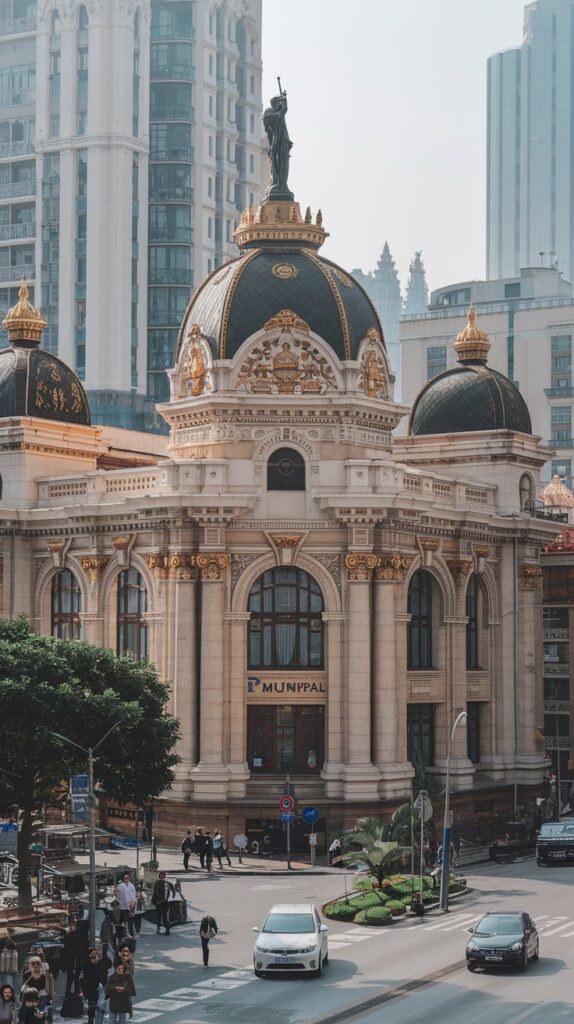
Standing proudly in downtown Rio, the Theatro Municipal is the city’s cultural crown jewel. Inspired by Paris’ famous Palais Garnier, this stunning opera house, built in the early 1900s, boasts gilded mirrors, grand marble staircases, and green onyx columns.
Even if you don’t have tickets for a performance, a guided tour will allow you to experience the theater’s breathtaking interiors and learn about its storied past.
13. Prainha Beach – A Hidden Oasis for Surfers and Nature Lovers
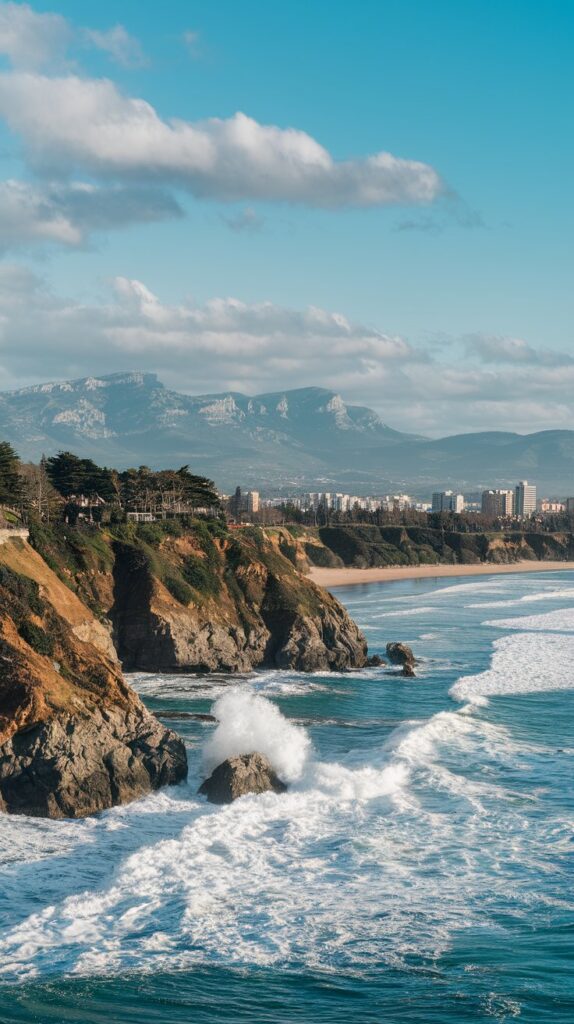
For those seeking a more secluded escape from Rio’s crowded beaches, Prainha Beach is the perfect retreat. Nestled between jungle-covered cliffs, this crescent-shaped paradise boasts clear waters, pristine sands, and epic waves—making it a favorite among surfers and nature lovers.
While swimming here requires caution due to the strong undertow, the beach’s tranquil setting and unspoiled beauty make it a must-visit for those looking to unwind away from the city’s hustle.
12. Barra da Tijuca Beach – Where Rio’s Locals Go to Relax
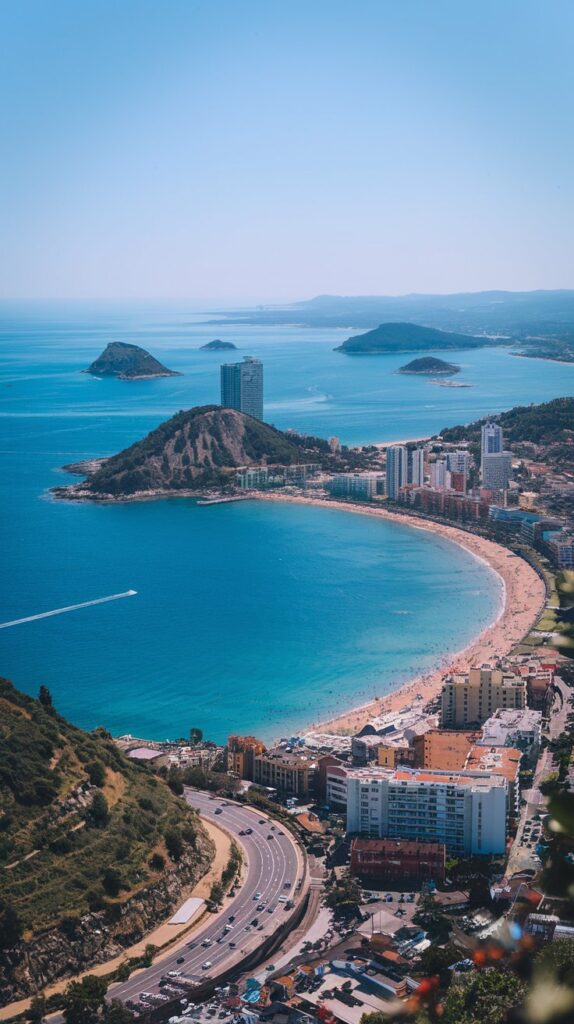
At 11 miles (18 km) long, Barra da Tijuca Beach is the longest beach in Rio, offering a peaceful alternative to the city’s famous but crowded shorelines.
Popular among locals rather than tourists, this beach is cleaner, less commercialized, and perfect for water sports, attracting kite surfers, bodyboarders, and beach volleyball players.
The surrounding Barra neighborhood, developed just 30 years ago, is Rio’s newest upscale district, featuring luxury shopping malls, fine dining, and an affluent young crowd.
11. Parque Lage – A Historic Park at the Foot of Corcovado
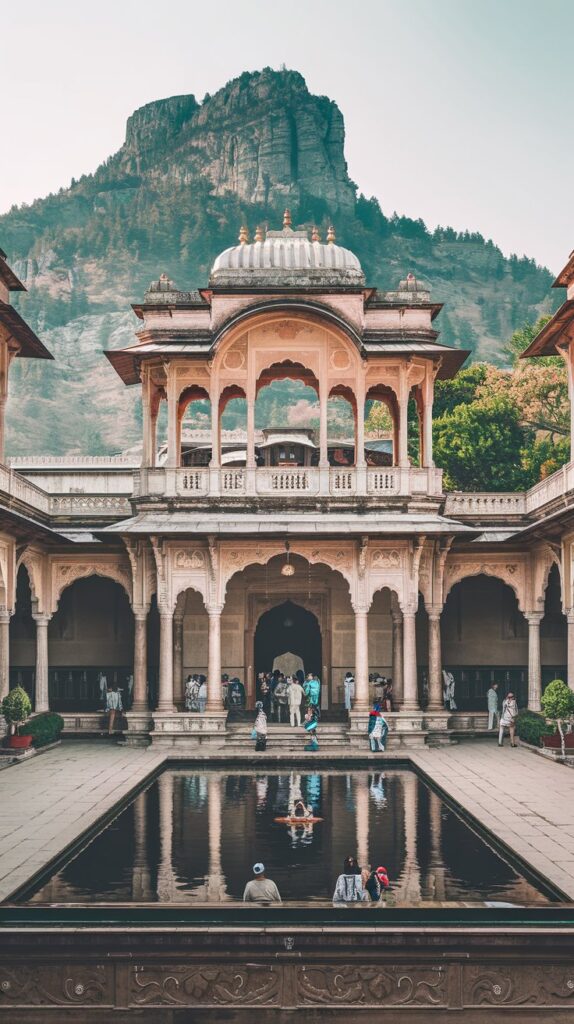
Located beneath Christ the Redeemer, Parque Lage is a picturesque public park surrounded by lush rainforest, charming walking trails, and even a small aquarium.
At its heart lies a stunning mansion, once the home of Italian opera singer Gabriella Besanzoni. Today, it houses a respected art school and a charming café, offering visitors a perfect spot to relax with a view of Rio’s most famous statue.
For adventure seekers, a hiking trail leads from the park to Christ the Redeemer, though the journey is challenging and best done with a group or guide.
10. Lagoa Neighborhood – Where Luxury Meets Leisure
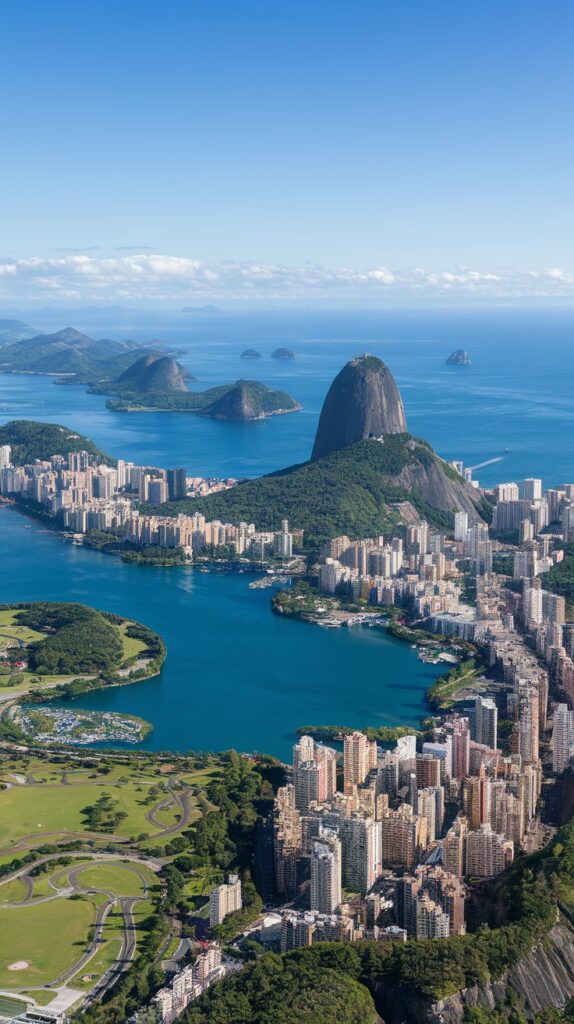
One of Rio’s most prestigious areas, the Lagoa neighborhood is home to the breathtaking Lagoa Rodrigo de Freitas, a massive lagoon surrounded by a scenic jogging and cycling path.
Here, visitors can enjoy waterfront dining at upscale restaurants, rent paddle boats, or simply take in the postcard-worthy views of the lagoon, framed by the city’s iconic mountains and beaches.
9. Maracanã Stadium – A Temple of Brazilian Football
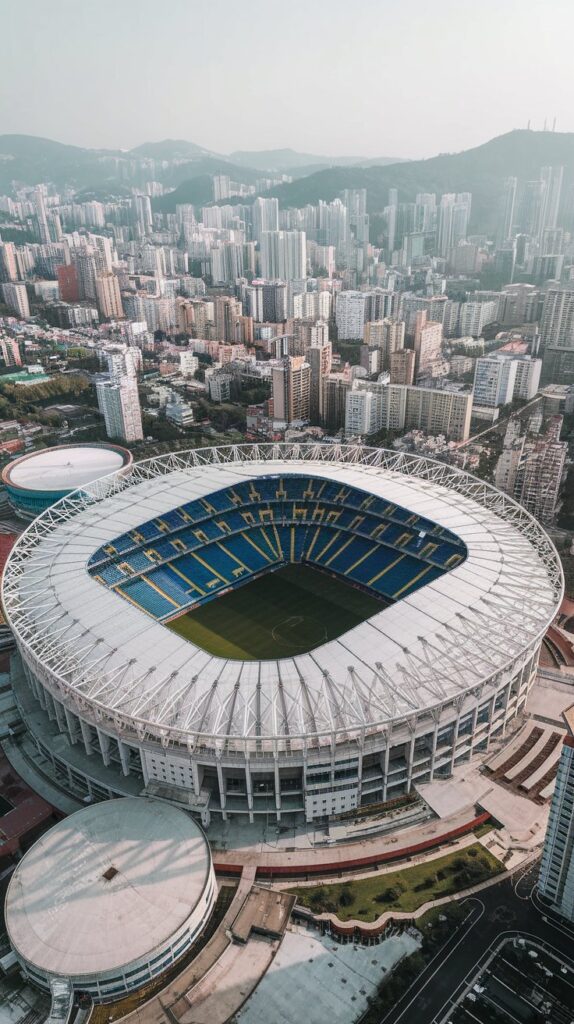
Football isn’t just a sport in Brazil—it’s a way of life, and nowhere is that more evident than at Maracanã Stadium.
Once the largest stadium in the world, Maracanã hosted the legendary 1950 World Cup final, where a record-breaking 200,000 fans packed the stands. Though modern renovations have reduced its capacity, it remains South America’s largest stadium, holding 80,000 spectators.
Whether you catch a high-energy match or take a stadium tour, Maracanã offers a thrilling glimpse into Brazil’s football obsession.
8. Tijuca National Park – The World’s Largest Urban Rainforest
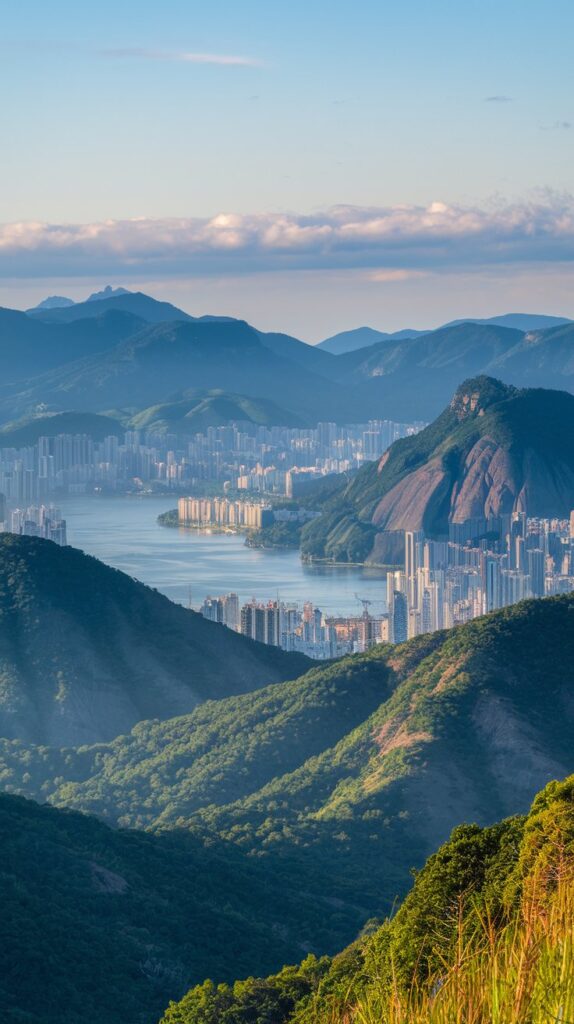
Spanning 8,300 acres, Tijuca National Park is one of the largest urban forests in the world, offering a breathtaking escape into nature.
The park is home to Rio’s highest peak, Pico da Tijuca, which rewards hikers with sweeping views of the city. Visitors can also explore hidden waterfalls, exotic wildlife, and historical landmarks, including the Mayrink Chapel, adorned with stunning murals by Brazilian artist Cândido Portinari.
7. Lapa Neighborhood – The Heart of Rio’s Nightlife

Once Rio’s red-light district, Lapa is now the city’s undisputed nightlife capital. Packed with samba clubs, lively bars, and music-filled streets, this area comes alive on weekend nights, drawing crowds of locals and tourists alike.
Don’t miss Escadaria Selarón, the world-famous colorful staircase connecting Lapa to Santa Teresa, created by Chilean artist Jorge Selarón.
6. Santa Teresa – Rio’s Bohemian Soul
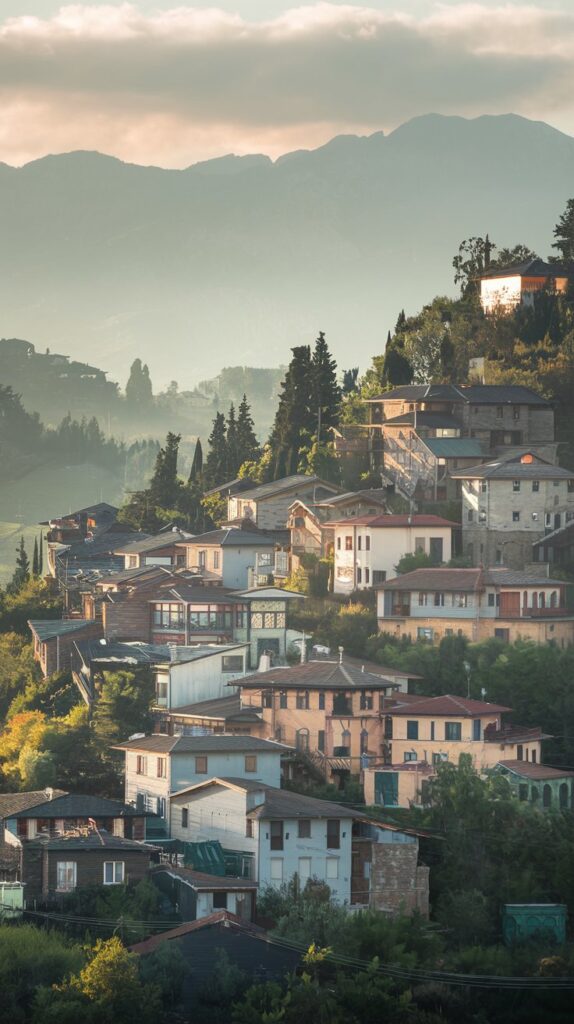
Perched atop a hill, Santa Teresa is one of Rio’s most charming and artistic neighborhoods. Known for its colonial mansions, cobblestone streets, and vibrant arts scene, the district was once home to Brazil’s most famous writers, musicians, and painters.
While the iconic Santa Teresa Tram was shut down after a tragic accident, the neighborhood still offers a nostalgic, old-world charm—the perfect place to explore galleries, sip coffee in historic cafés, or soak in panoramic city views.
5. Jardim Botânico – Rio’s Lush Botanical Garden

Housing over 8,000 plant species, the Jardim Botânico is a haven of tranquility in the middle of Rio. Highlights include towering palm-lined avenues, a stunning Japanese garden, and a serene lily pond. Orchid lovers will find over 600 rare varieties, while history buffs can admire fountains, sculptures, and a fascinating environmental museum.
4. Sugarloaf Mountain – Rio’s Most Iconic Peak

A visit to Rio wouldn’t be complete without taking the glass-walled cable car ride to the top of Sugarloaf Mountain. From 1,300 feet above the bay, the panoramic views of the city, ocean, and coastline are simply unforgettable.
3. Ipanema – Where Sun, Style, and Culture Collide
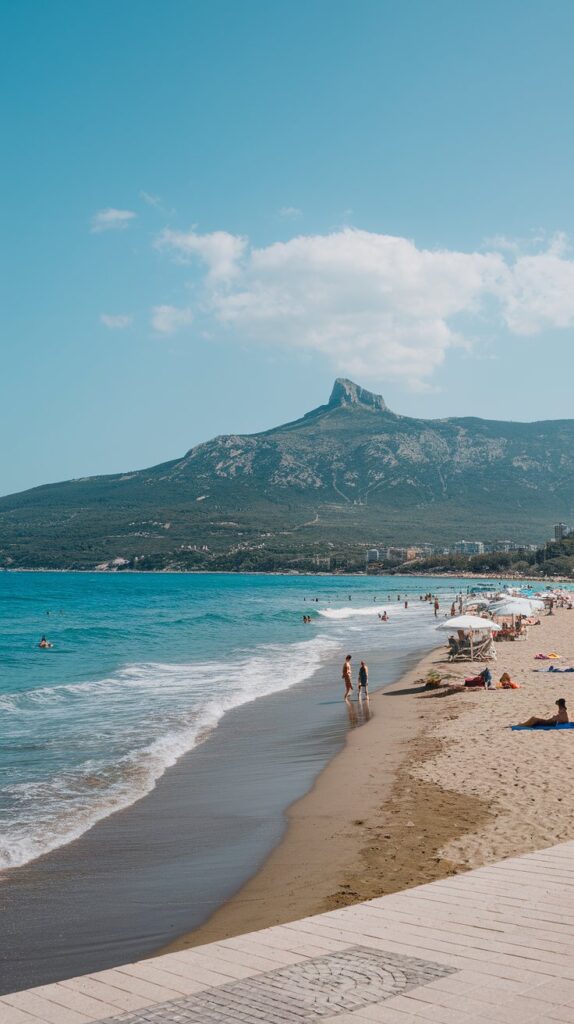
Famous for inspiring the iconic bossa nova song “The Girl from Ipanema,” this world-renowned beach has remained a must-visit destination for decades. Stretching along the stunning coastline, Ipanema Beach is a picture-perfect blend of soft white sand, rolling waves, and vibrant city life. It consistently ranks among the best beaches in the world, drawing both locals and tourists eager to experience its unique energy.
But Ipanema is more than just a beautiful beach. The surrounding area is an upscale cultural hub, packed with boutiques, art galleries, cafés, theaters, and clubs. Whether you’re looking to browse high-end fashion, enjoy live music, or sip a caipirinha while people-watching, this stylish neighborhood has something for everyone.
2. Copacabana – The Beating Heart of Rio’s Beach Culture
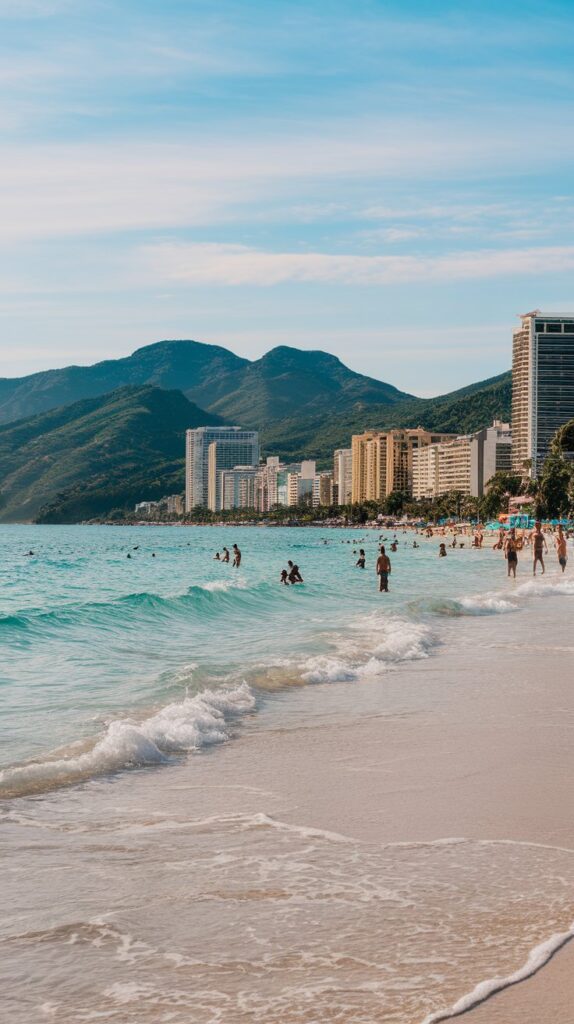
Just west of Ipanema lies Copacabana, Rio’s most legendary beach. Unlike the relaxed elegance of its neighbor, Copacabana pulses with constant energy, making it a paradise for sports lovers, socialites, and partygoers alike.
From sunrise to sunset, the beach is alive with activity. Cariocas (Rio locals) gather to play soccer, volleyball, and beach paddleball, while vendors enthusiastically sell refreshing coconut water, street food, and traditional Brazilian snacks.
One of Copacabana’s most unique attractions is Fort Copacabana, a historic military base that also houses a wartime museum open to the public. Alongside it, local fishermen set up their stalls, offering freshly caught seafood, adding a charming old-world feel to the area.
1. Christ the Redeemer – Rio’s Timeless Guardian
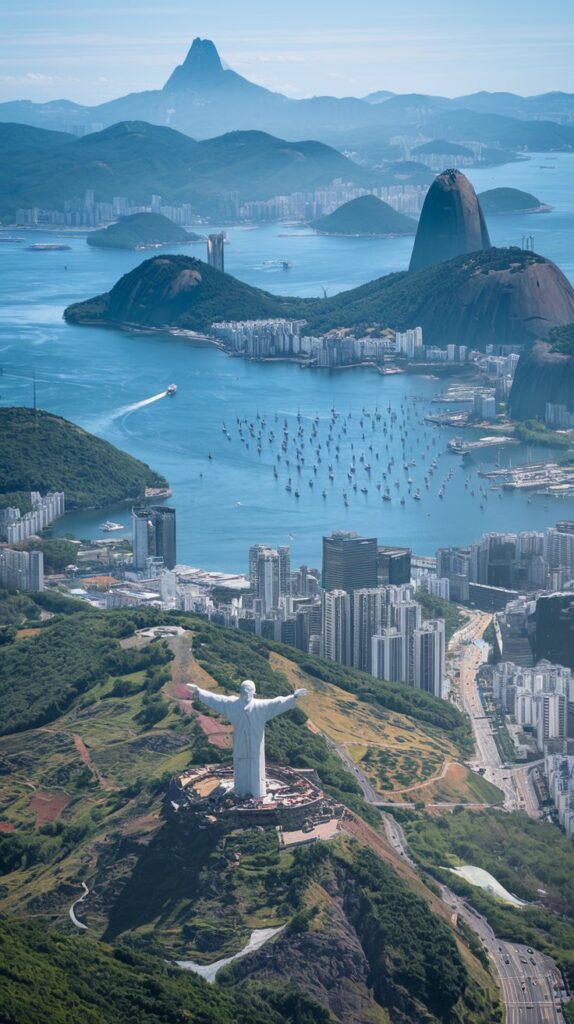
Standing majestically atop Corcovado Mountain, the Christ the Redeemer statue is Rio’s most famous landmark and one of the New Seven Wonders of the World. Towering 710 meters (2,330 feet) above the city, the massive Art Deco masterpiece extends its arms in a gesture of peace, watching over Rio’s breathtaking landscape.
The idea for the statue was conceived in the 1920s, during a time when the city was emerging as a global cultural hub. Designed with a combination of concrete and soapstone, it remains the largest Art Deco statue in the world, drawing millions of visitors every year.
Once at the top, visitors are rewarded with a 360-degree view of Rio de Janeiro, showcasing the city’s golden beaches, lush forests, and sprawling urban skyline. It’s a breathtaking sight, one that perfectly captures the magic of Brazil’s most beloved city.

